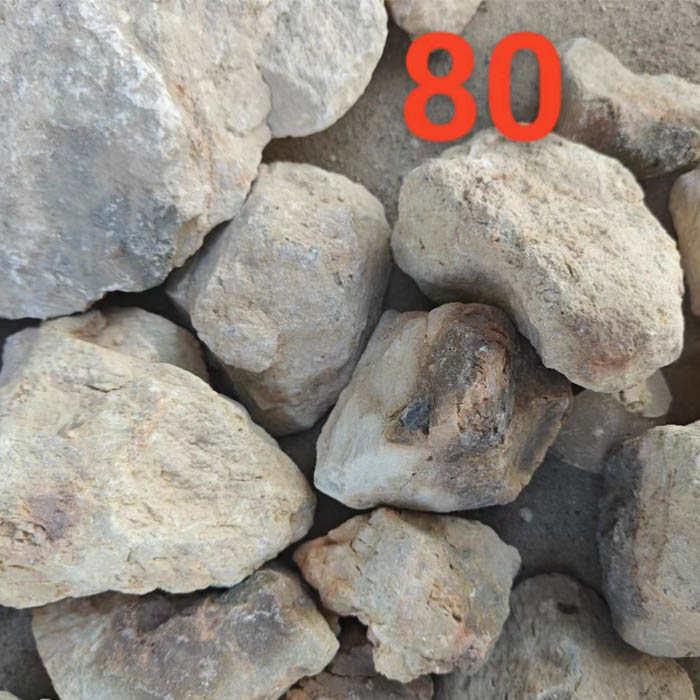Nov . 17, 2024 10:01 Back to list
high temperature refractory materials
High Temperature Refractory Materials An Overview
High temperature refractory materials are crucial components in various industrial processes that involve extreme heat. These materials are engineered to withstand high temperatures and aggressive chemical environments without deforming or degrading. They are widely used in industries such as ceramics, metal processing, glass manufacturing, and petrochemicals, where they play a key role in enhancing efficiency and safety.
Definition and Properties
Refractory materials are defined as those that can endure temperatures of 1,500 degrees Celsius (2,732 degrees Fahrenheit) or higher. Their primary function is to maintain structural integrity, resist thermal shock, and provide insulation against heat. Key properties of refractory materials include high melting points, low thermal conductivity, resistance to chemical erosion, low expansion rates, and durability under thermal cycling conditions.
Types of High Temperature Refractory Materials
High temperature refractories can be categorized based on their chemical composition and structure
1. Clay Refractories These are composed mainly of alumina and silica, making them versatile and cost-effective. They are commonly used in kiln linings and other applications requiring moderate heat resistance.
2. High-Alumina Refractories These materials contain a higher percentage of alumina (over 50%). They provide significantly better resistance to heat and corrosion compared to traditional clay refractories. They are often used in furnace linings and for applications involving molten metals.
3. Silica Refractories Comprising primarily silica, these refractories are best suited for high-temperature applications where thermal stability is critical. Silica refractories are extensively used in the glass and cement industries.
4. Magnesia Refractories Known for their exceptional resistance to alkaline environments, magnesia refractories are made from magnesium oxide and are widely used in steelmaking and other high-temperature processes.
5. Specialty Refractories This category includes advanced materials such as zirconia or carbon-based refractories. These are designed for specific applications where standard materials may not perform adequately.
high temperature refractory materials

Applications
The applications of high temperature refractories are vast and varied. Some key areas include
- Steel Industry Refractories are essential for lining steelmaking furnaces, ladles, and converters. They provide the necessary thermal insulation and facilitate the efficient melting and alloying of metals.
- Glass Manufacturing In the production of glass, refractories are used in furnaces to withstand extreme temperatures and to prevent contamination of the molten glass.
- Cement Production High temperature refractories line rotary kilns and preheaters, enabling the efficient conversion of raw materials into cement at high temperatures.
- Petrochemical Industry Reactors and furnaces in the petrochemical sector utilize specialized refractories that can endure severe thermal and chemical stresses, ensuring reliable operation.
Challenges and Innovations
Despite their importance, the development of high temperature refractory materials faces several challenges. One major issue is the performance degradation over time due to exposure to harsh environments and thermal cycling. Additionally, the mining and processing of certain raw materials can have significant environmental impacts.
To address these challenges, researchers are focusing on developing new refractory materials with enhanced properties, such as better thermal shock resistance and lower thermal conductivity. Innovative production techniques, including additive manufacturing and the development of composite materials, are also being explored.
Conclusion
High temperature refractory materials are indispensable in modern industrial applications that require resilient materials capable of withstanding extreme conditions. As industries continue to evolve, the need for more efficient, sustainable, and durable refractories will drive further research and innovation. The future of high temperature refractories looks promising, with the potential for breakthroughs that could revolutionize their applications and performance in a variety of sectors. By advancing the science and engineering of these materials, we can enhance industrial efficiency while minimizing environmental impact.
-
Eco-Friendly Granule Covering Agent | Dust & Caking Control
NewsAug.06,2025
-
Fe-C Composite Pellets for BOF: High-Efficiency & Cost-Saving
NewsAug.05,2025
-
Premium Tundish Covering Agents Exporters | High Purity
NewsAug.04,2025
-
Fe-C Composite Pellets for BOF | Efficient & Economical
NewsAug.03,2025
-
Top Tundish Covering Agent Exporters | Premium Quality Solutions
NewsAug.02,2025
-
First Bauxite Exporters | AI-Optimized Supply
NewsAug.01,2025
